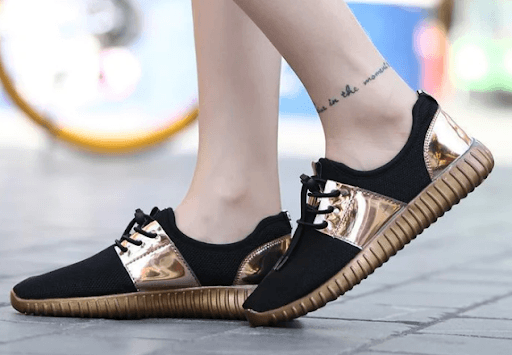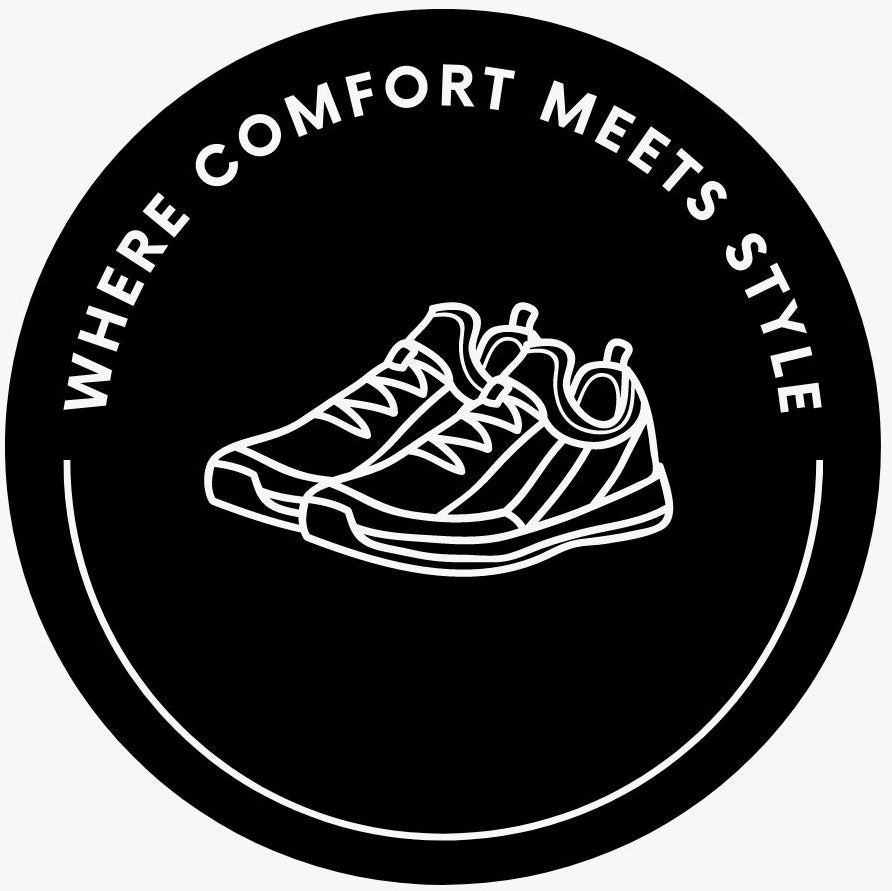When you first pull a new pair of running shoes out of the box, you probably don't think much about the laces other than enjoying their brilliant, un-dirtied color. And, hey, that's reasonable—regularly laced shoes do a decent job of putting your feet in the right place. However, for some runners, a creative lacing approach might improve the comfort of their footwear.
If you have a wide or narrow foot, a narrow heel, a high instep, or your heel slips in and out of your shoe, then the method you should be using to tie your shoes will vary. Lace-Up Shoes for Women are also available on the website of Omega Walk.
Here's all you need to know about running shoe tying hacks, including which problems they can solve and how to put them to the test. Shoe lacing practices can help remedy shoe fit problems. Simple modifications in how you lace your shoes can help if you have a broad foot, tiny heel, wide instep, narrow foot, or if your heel slips in and out of your shoe. Changes to your lacing pattern might affect how your shoe fits, so continue with caution. Try on the shoes for 10 to 15 minutes after making the necessary adjustments to see how they feel and adjust the tension as needed. Let's see them one by one!
1. To Avoid Slippage And Use Shoes With Laces
To keep your heel in the heel cup, lace your shoes to create a lace lock at the top of your shoe, commonly known as a runner's loop. It allows you to tightly tie the shoe at the top without jeopardizing the rest of the shoe's fit.
2. Lace-up From The Top
Lace over and down through the top eyelet on the same side to produce a "bunny ear." Carry out the identical steps on the opposite side. Lace through the opposite "bunny ear" you created between the two eyelets at this point. You may now attain a good snug fit at the ankle while leaving the rest of the shoe flexible when you tie it. When you walk or run, especially downhill, lacing your shoes is excellent for preventing black toenails. Your toes will knock on the toebox and injure your toenails if your foot slips forward in the shoe.
How To Make Sure Your Shoe Is Comfortable?
First and foremost, if you require lacing hacks, it is likely that your shoes do not fit properly.
There are a few methods to determine whether your shoe is correctly fitted. Make sure the widest part of your foot (where your toes flex) corresponds to the broadest section of the shoe you're wearing (where the shoe turns),
After you've put your foot in the shoe, tighten the laces. Hold your index and middle fingers together and point them outwards. Now, with your fingers facing toward your toes, put them around the tongue of your shoe. The footwear's holes (eyelets) on both sides must barely brush your fingertips. The shoe is vast if you can only fit one finger between the rows of eyelets when lacing your shoes. The shoe is stretched much at the top, implying that it's too tight if you have three or even more fingers of breadth.
What Are Some Of The Tricks Of tying The Laces?
First and foremost, a word of caution for all of them: "It's crucial to have a uniform distribution of pressure over your shoelaces" to prevent awkward spots. A few key shoe words are defined in the instructions. The eyelets are the holes through which the laces pass. The top of the shoe (or first eyelets) refers to the region closest to your heel. In the explanations below, the bottom of the shoe refers to the area most immediate to your toes.
Here are lacing tricks for various foot issues:
1. For Sliding Heels And Blisters On The Heels
It is one of the most often used shoe lacing tricks. It's known as the heel lock because it helps keep the heel from sliding and causing severe blisters.
2. For Bunions Or A Broad Forefoot
When the front of your foot is extensive compared to the rest, this trick might help relieve tension. Bunions can also be accommodated (and prevented) by making the front of the shoe a bit broader.
To Sum It Up!
The appropriate shoe fit and shoe-tying technique make all the difference when walking or jogging comfortably. Before you go out and buy new shoes or change the way you tie your shoes, have a look at your feet. Learning how to lace up shoes is essential for your feet. Whatever method you use, make sure your shoes are laced firmly and double-knotted so they don't come undone in the middle of your workout. When searching for lace-up shoes, there are compression stockings with zippers. Keeping your shoes tied snug (but not too snug) will assist lessen the impact load on your feet, lowering your chance of injury.


